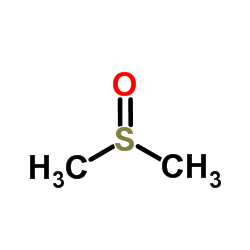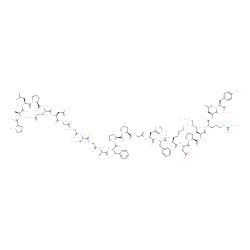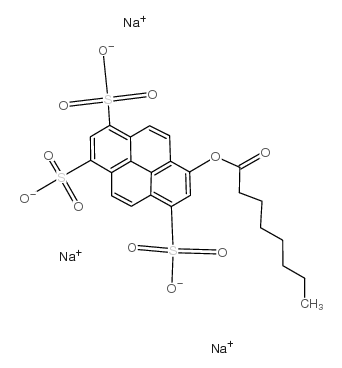| 结构式 | 名称/CAS号 | 全部文献 |
|---|---|---|
 |
蔗糖
CAS:57-50-1 |
|
 |
二甲基亚砜
CAS:67-68-5 |
|
 |
重组人碱性成纤维细胞生长因子OsrhbFGF
CAS:62031-54-3 |
|
![6-[4-(2-哌啶-1-基乙氧基)苯基]-3-吡啶-4-基吡唑并[1,5-A]嘧啶 结构式](https://image.chemsrc.com/caspic/344/866405-64-3.png) |
6-[4-(2-哌啶-1-基乙氧基)苯基]-3-吡啶-4-基吡唑并[1,5-A]嘧啶
CAS:866405-64-3 |
|
 |
8-辛酰氧基芘-1,3,6-三磺酸三钠盐
CAS:115787-84-3 |